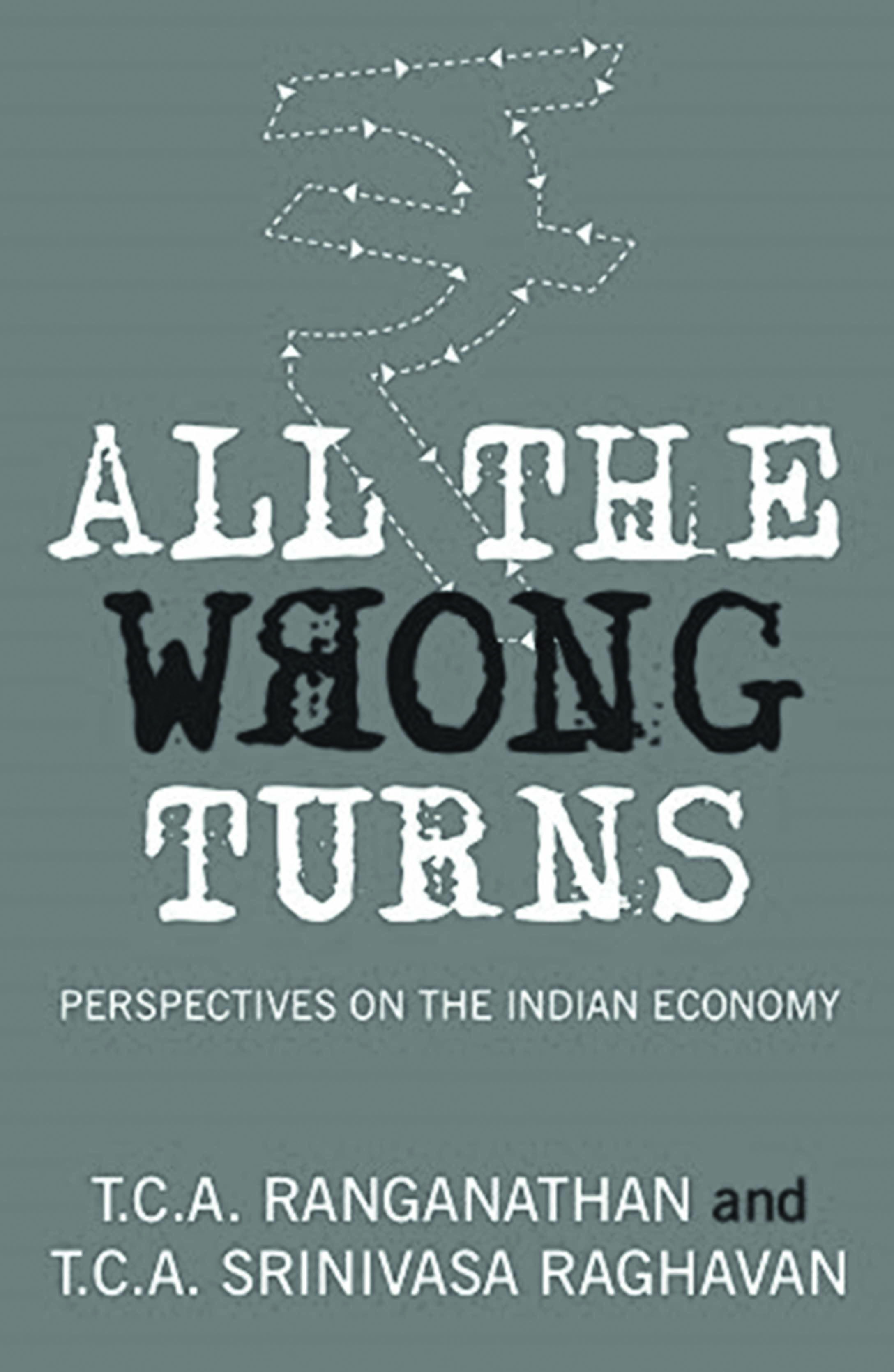All the Wrong Turns: Perspectives on the Indian Economy by TCA Ranganathan and TCA Srinivasa Raghavan, two highly regarded and respected professionals, one a lifelong banker and the other an economic journalist, is a welcome addition to the growing commentary on recent Indian economic developments. It is comprehensive in its coverage and is formally structured as six essays/chapters. It goes beyond the economy in the last essay which covers institutions including the Parliament, the Civil Services, regulatory institutions like the RBI and SEBI and the nature of the discipline of Economics itself. In that sense, the book goes beyond the Indian economy into much larger questions of Indian society.
Besides being comprehensive in what they cover, the essays are based on an enormous amount of data which have been well analysed and well presented. In the introduction, the authors say that they have attempted to answer three questions. The unstated fourth question is how to fix the problems identified in the essays. This review will proceed from this perspective, namely given all the wrong turns, does the book answer the question on what is the way forward for the Indian economy?

